

Fredericton
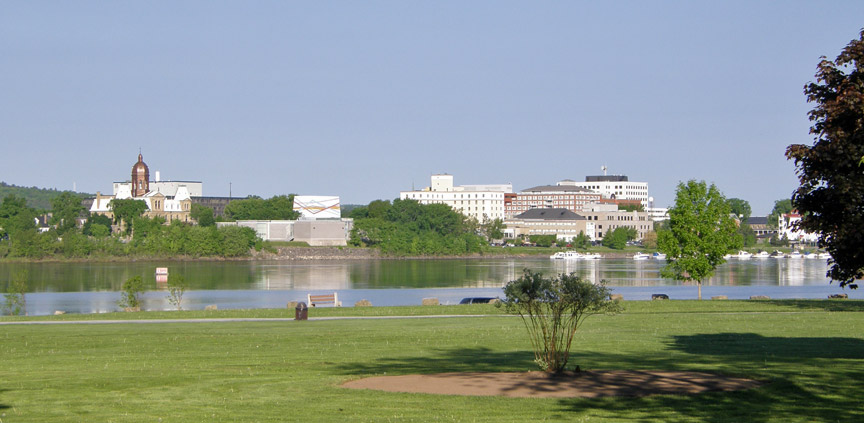
Fredericton on the Saint John River
Fredericton is the capital of the Canadian province of New Brunswick.
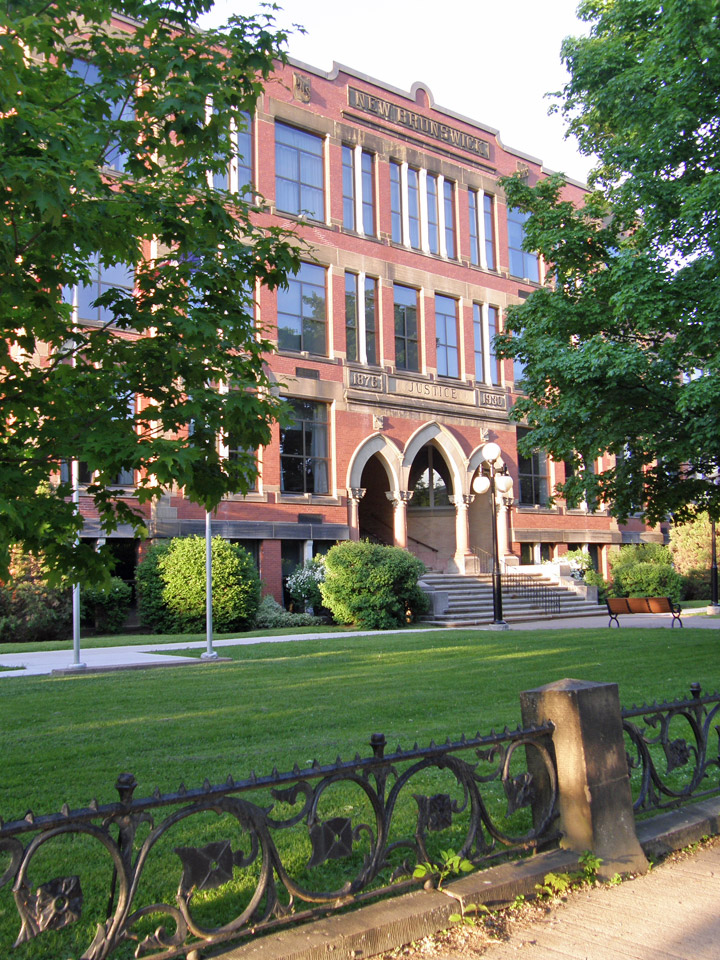

Justice Building
The area of the present-day City of Fredericton was first used for seasonal farming by the Mi'kmaq and Maliseet peoples. Corn was a primary crop they grew in the area. Interestingly, in a sense, the site of Fredericton served as a sort of capital for Aboriginals in the area. Aucpaque, the "principal village" of the Aboriginals in the area, was located a few kilometers up river from the site of present day Fredericton.
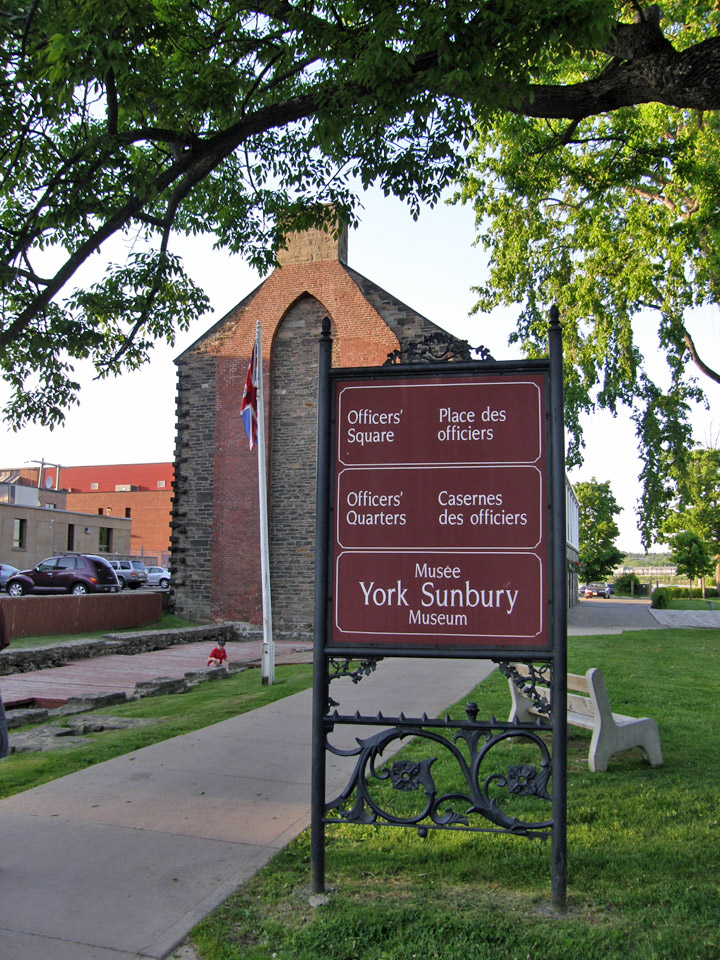
Officers' Square
where the changing of the Guard ceremony is held
The first European contact in the area was by the French in the late 17th Century, who granted the land to Joseph de Villebon. In 1692, he built a fort (Fort Nashwaak) on the north side of the Saint John River, at the mouth of the Nashwaak River. For a period, Fort Nashwaak served as the capital of the French colony of Acadia. After de Villebon's death in 1700 and a devastating flood, the fort was abandoned.
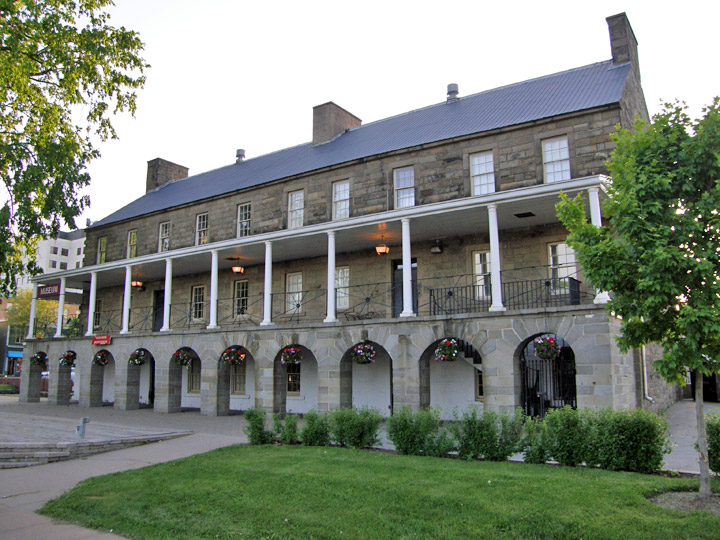
Officers' Quarters
Now the York-Sunbury Historical Society Museum
The Fredericton area was first permanently settled and named Pointe-Sainte-Anne
(often anglicized to Ste. Anne's Point) in 1732 by Acadians fleeing Nova Scotia
after the British took over the territory. Their townsite was on the south side
of the river, approximately a mile upriver from Fort Nashwaak. The British
captured Ste. Anne's Point after the expulsion of the Acadians in 1755, burning
the settlement to the ground. A 1762 settlement attempt by the British was
unsuccessful due to hostility of local Acadian and Aboriginal populations. These
settlers ended up building a community down river at what is today the town of Maugerville,
New Brunswick Maugerville (pronounced "majorville"). However, three fur traders
managed to permanently settle there in 1768.
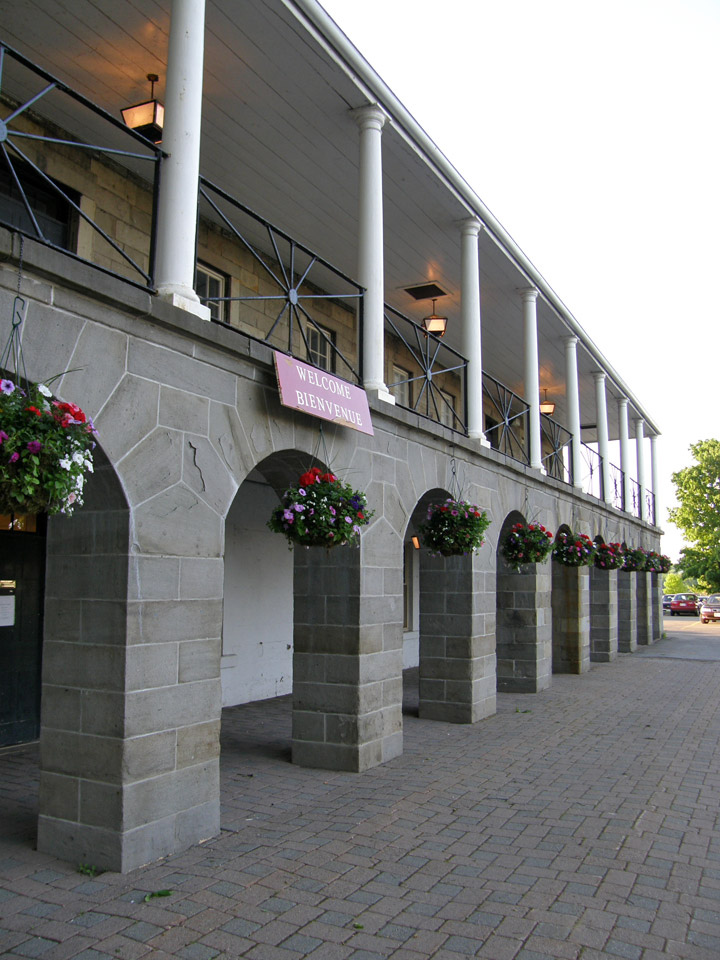
Welcome to the Museum
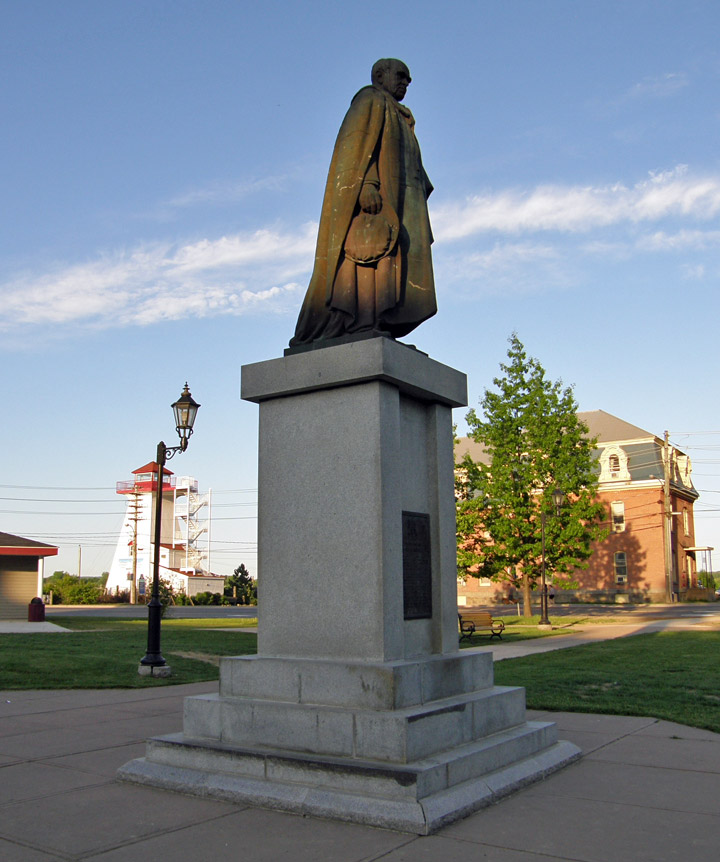
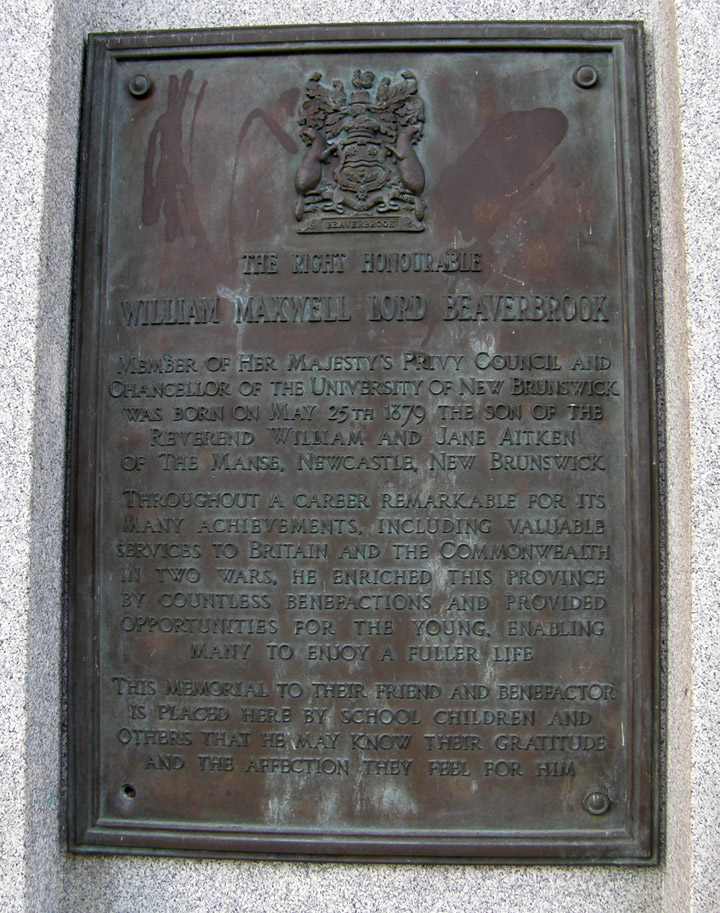
William Maxwellll
Lord Beaverbrook
When New Brunswick became a separate colony from Nova Scotia in 1784, Ste. Anne's Point became the provincial capital, winning out over Parrtown (present-day Saint John) due to its central inland location meaning it was less prone to American attack from the sea. A street plan was laid out to the west of the original townsite, King's College (now the University of New Brunswick) was founded, and the locale was renamed "Frederick's Town", in honor of the second son of King George III of the United Kingdom, Prince Frederick Augustus, Duke of York. The name was shortened to Fredericton shortly after the city became the official provincial capital of New Brunswick on April 25, 1785. Thus, in a period of less than three years, the area of Fredericton went from being a sparsely populated region to being the capital of the new colony of New Brunswick.
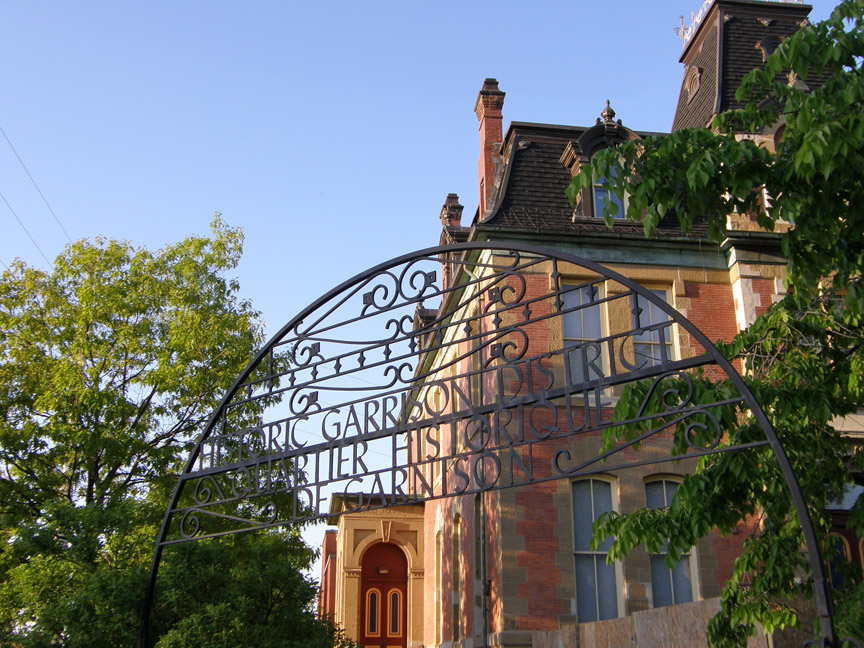
Historic Garrison District
The same attributes that made Fredericton the capital city also made it an ideal spot for a military installation. Many of the original military buildings downtown still stand, and are now tourist attractions.
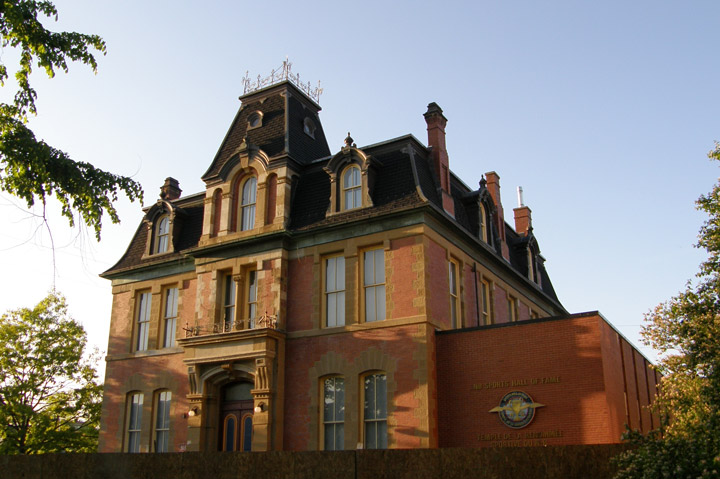
A building was constructed to house the provincial legislative assembly in 1788,
but it was destroyed by a fire in 1880. Two years later, the present Legislature
Building was constructed.
Text from Wikipedia
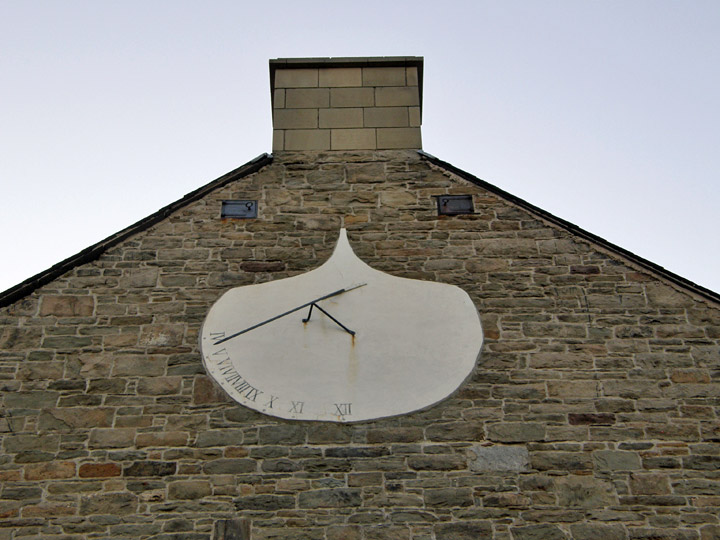
The Soldiers' Barracks Sundial
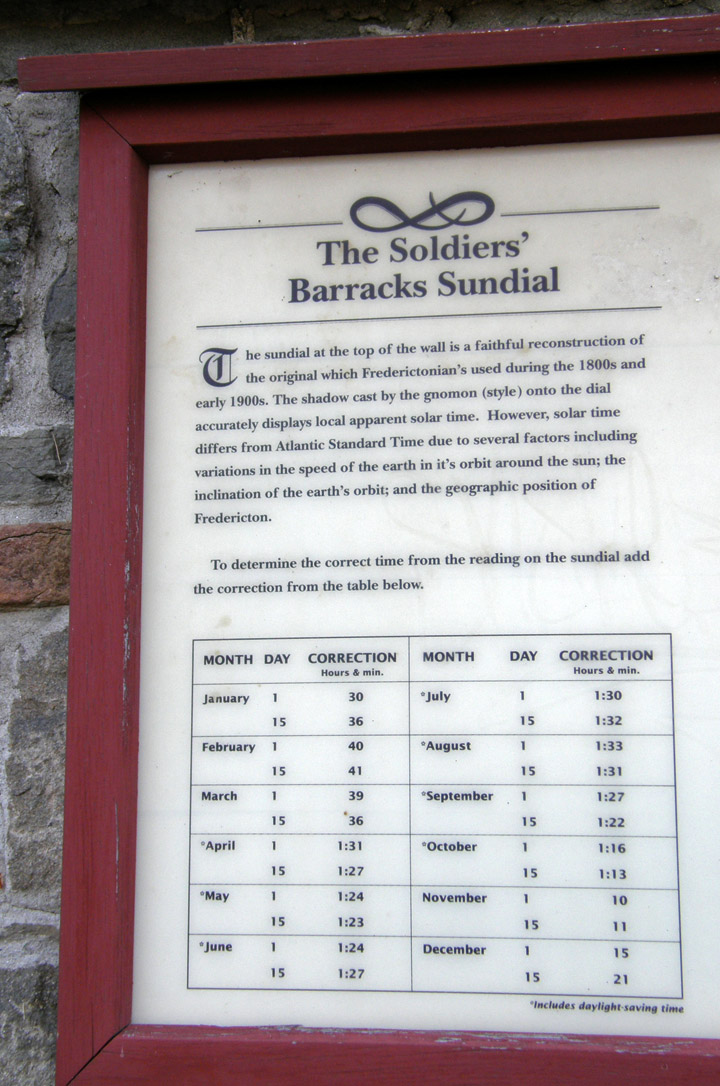
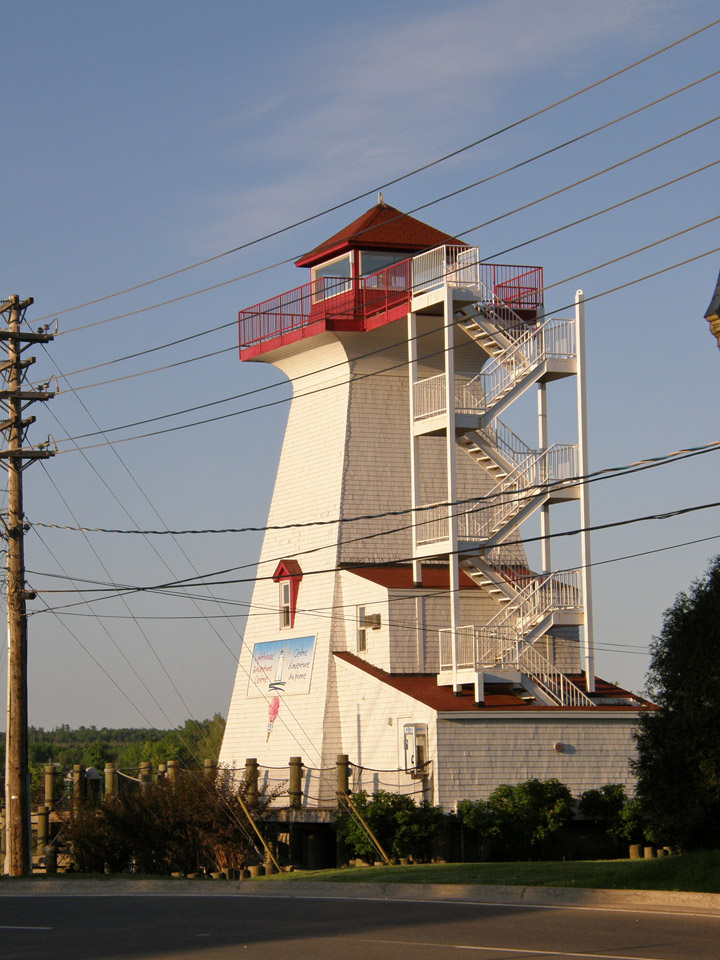
the lighthouse
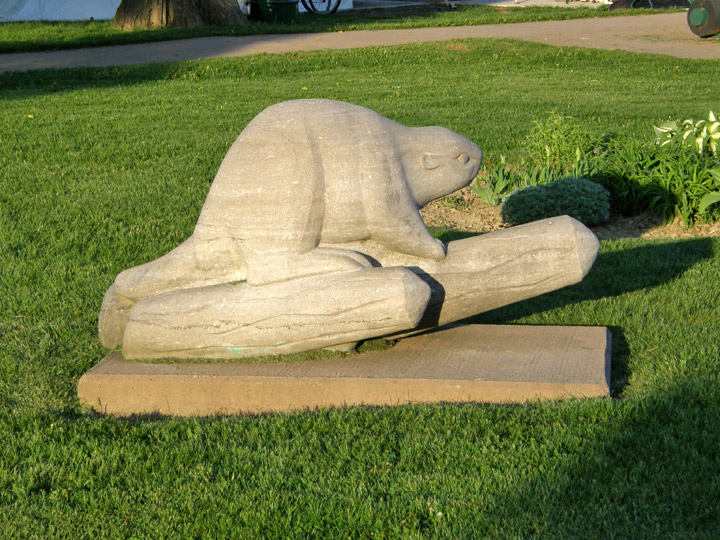
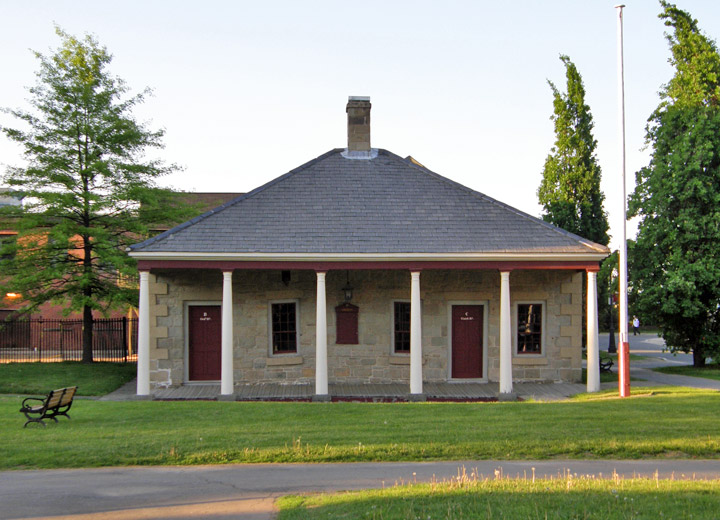
On Officers' Square

the Iron fencing of the Historic District
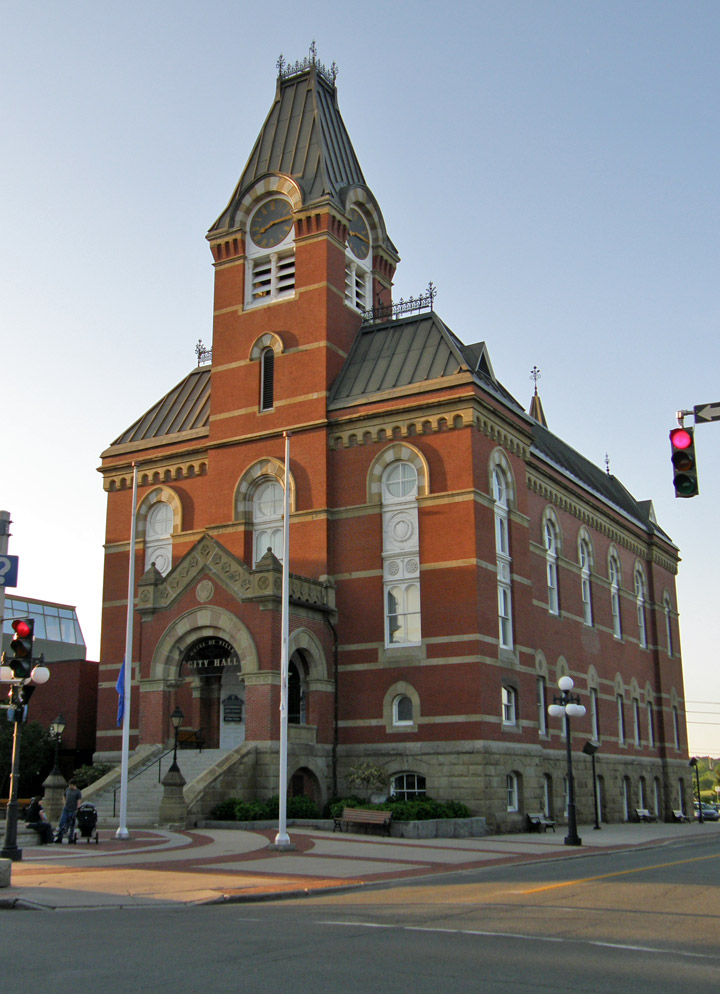
City Hall
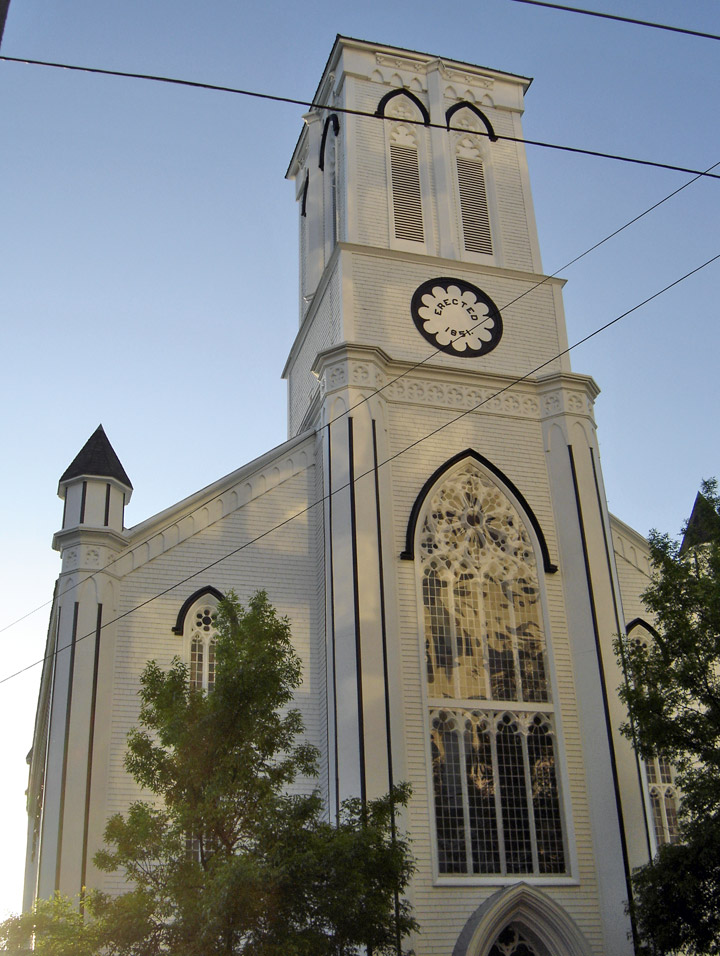
Wilmot United Church
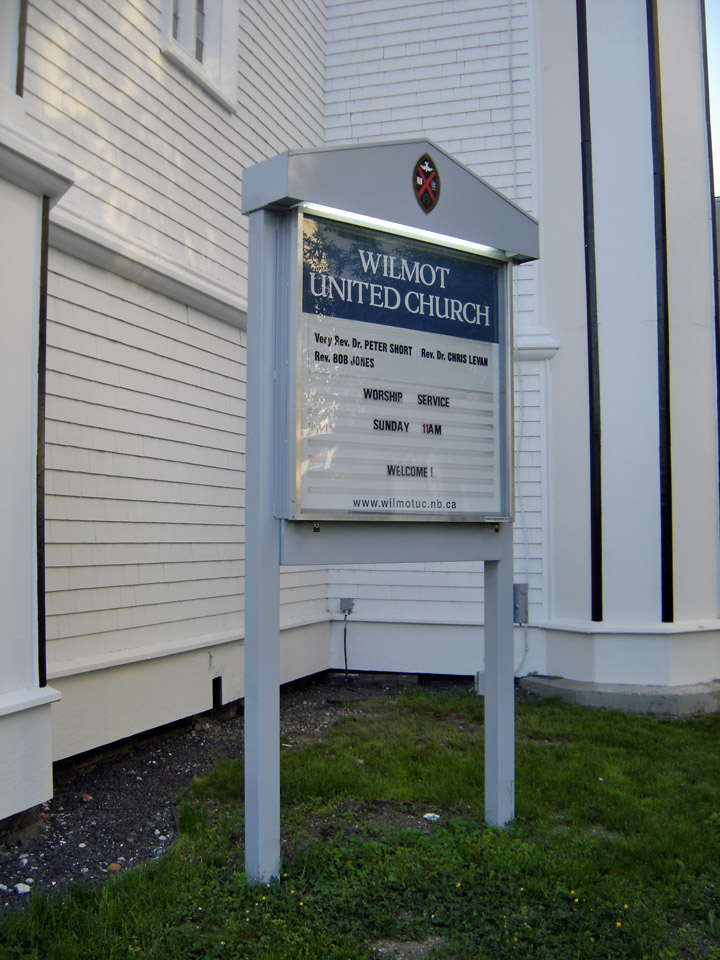
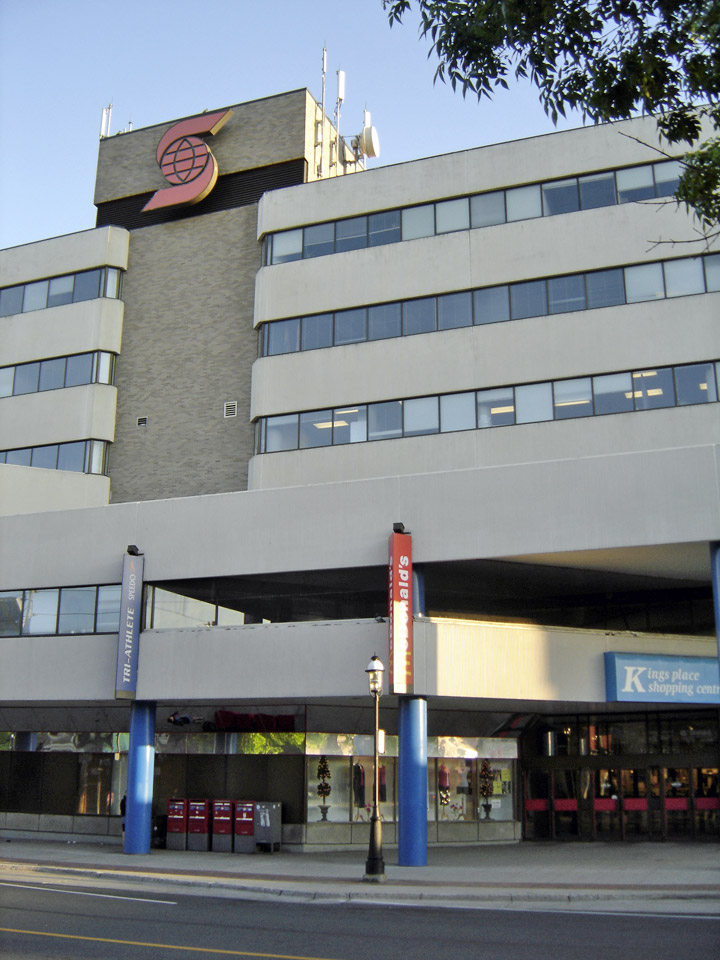
Kings Place Mall